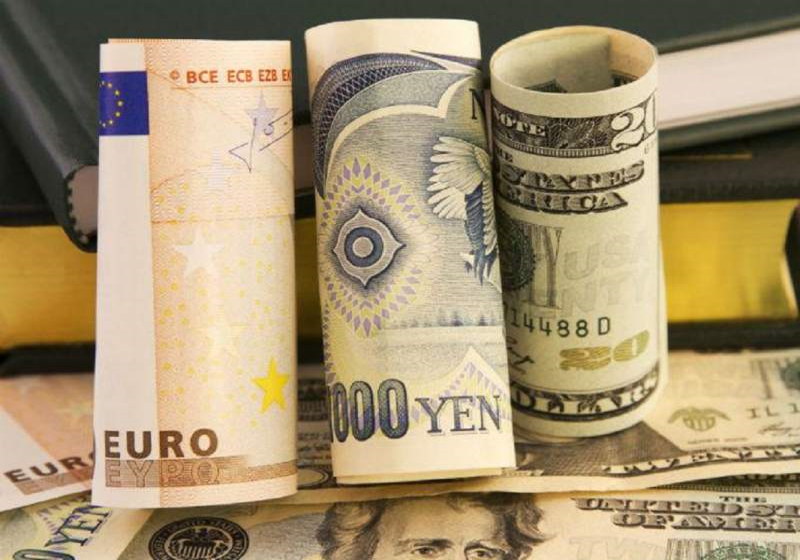
- Forex
Dollar within 5.5-month high
Do you want to know how to make money from this?
Register for free and get expert advice, access to a training course and webinars.
Key points:
- The US dollar fell slightly against the euro but remains close to a 5.5-month high.
- There is a risk of a sharp reassessment of Fed policy in the coming weeks.
- Market participants expect that the Bank of Japan may intervene if the rate reaches 155 yen per dollar.
Despite some weakness, the US dollar remained close to its 5.5-month peak on Wednesday. It also kept pressure on the yen, keeping it near a 34-year low. This comes after US Federal Reserve officials said interest rates were likely to remain high for a longer period of time.
What’s happening to the dollar
On Wednesday, the US dollar showed a slight decline against the euro, dropping to $1.0628. That value is close to the 5.5-month high of $1.06013 hit on Tuesday.
Against the currency basket index, the US dollar was trading at 106.22. The reading is slightly below the 5-month peak of 106.51 hit on Tuesday. Over the past year, the US dollar index has increased by 4.8%.
On Tuesday, senior US Federal Reserve officials, including Chairman Jerome Powell, refused to provide information on when interest rate cuts might occur. Instead, they stressed that monetary policy should remain contractionary for a longer period of time.
Experts believe there is a risk of a sharp reassessment of Fed policy in the coming weeks.
The yen exchange rate may be regulated
On Wednesday, April 17, the yen dropped to 154.79 per dollar, its lowest level in 34 years.
Market participants have raised expectations about the possible level at which the Bank of Japan (BOJ) could intervene to support the yen. They now believe that such measures could be taken if the rate reaches 155 yen per dollar, compared with the previously assumed level of 152. However, they note that the BOJ can intervene in regulating the national currency at any time if it deems it necessary.
Market analysts say the recent fall in the yen is in line with economic fundamentals. This is due to the divergence in the monetary policies of the United States and Japan: the US Federal Reserve is tightening policy by raising interest rates, and the Bank of Japan continues to pursue stimulating policies.
Japanese authorities are closely monitoring the situation and studying the factors causing the depreciation of the yen.
While a growing number of Japanese officials have expressed concern about the yen’s value, their rhetoric has largely focused on the rate of change rather than the levels themselves.
It is worth noting that the last time Japan intervened in the foreign exchange market was in 2022. Then about $60 billion was spent to support the yen.
Do you want to know
How to make money from the news
Register for free and get:
- Expert consultation;
- Access to the training course;
- Opportunity to participate in webinars

